On the afternoon of July 26, the Department of Education and Training of Ho Chi Minh City issued an urgent document on the implementation of communication and text messaging to strengthen the prevention and control of hand, foot and mouth disease. Accordingly, to protect children from hand, foot and mouth disease, especially when the Enterovirus 71 agent appears, the Department of Education and Training of districts and Thu Duc City is requested to direct kindergartens, nursery groups and primary schools in the area to take measures to strengthen communication about this disease to parents and students.
The forms of communication are sending messages via Zalo to the parent group; printing and distributing to parents or posting in classrooms and waiting areas for children with the content: "To prevent hand, foot and mouth disease, caregivers and children need to regularly wash their hands, clean children's belongings, toys, tables, chairs, floors... If you suspect your child has the disease, take them to a medical facility for examination".
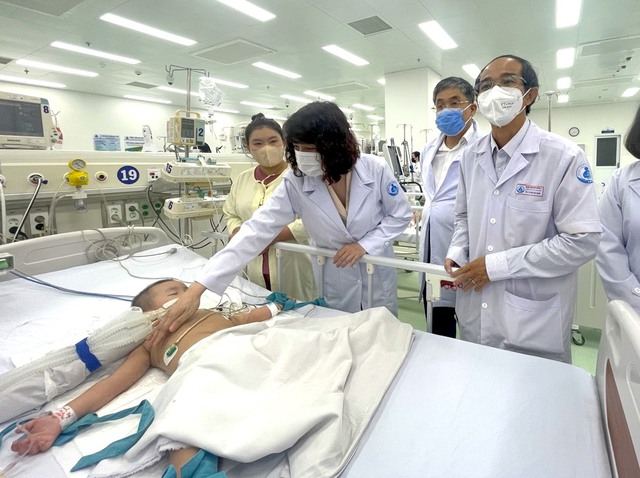
Hand, foot and mouth disease is becoming more and more complicated in Ho Chi Minh City.
It is known that the hand, foot and mouth disease situation is quite complicated in Ho Chi Minh City. According to statistics from the Ho Chi Minh City Center for Disease Control (HCDC), in June alone, the whole city recorded 2,690 cases of hand, foot and mouth disease. However, in week 29 (from July 17 to 23), the number of hand, foot and mouth disease cases increased rapidly, with 2,356 cases.
Hand, foot and mouth disease cases were found to be caused by Enterovirus (EV71) - a highly virulent virus strain that can cause severe illness and even death. This virus was also the cause of major epidemics in 2011 and 2018. The city's health sector also forecasts that the number of cases and severe cases will continue to increase in the coming weeks and may last if drastic measures are not taken to prevent the disease.
To cope with the hand, foot and mouth disease, the Ho Chi Minh City Department of Health has developed a scenario with 3 levels, stratified treatment with the bottom level being specialized pediatric hospitals and the Tropical Diseases Hospital. However, currently, hospitals in the city are receiving and treating many cases transferred from other provinces and cities (accounting for 60-80%), including cases that have rapidly progressed to a serious and critical condition. Therefore, the city's drug reserves are expected to be insufficient to respond to the rapidly evolving epidemic situation.
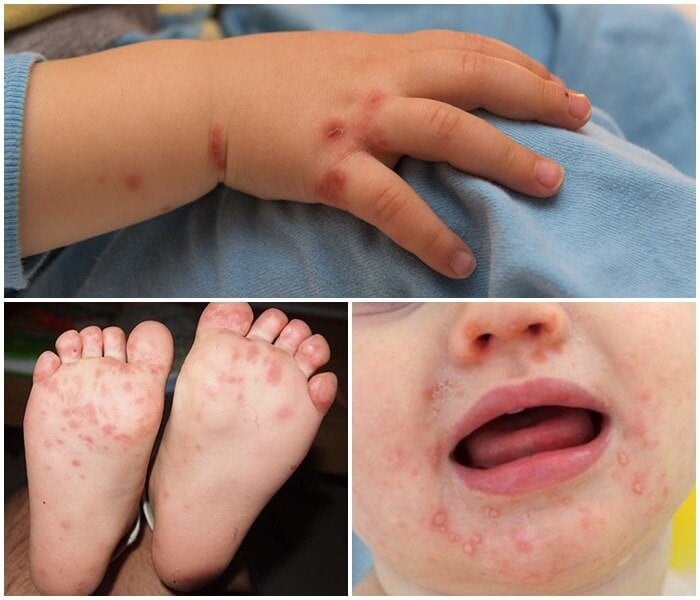
Signs of hand, foot and mouth disease in children.
The city is currently in the second situation (50-100 new hospitalizations/day, 200-700 inpatients, 20-70 severe cases corresponding to a hospital bed scale of 700 beds, including 80 intensive care beds). The amount of IVIG used each day increased from 80-150 vials (from July 7 to 13) and increased to approximately 200 vials (from July 13 onwards) and shows no signs of stopping. Meanwhile, the amount of IVIG in stock at hospitals is currently about 2,400 vials, and it is expected that the next batch of imported IVIG will not be available until the end of August.
Faced with this situation, the Ho Chi Minh City Department of Health proposed that the Ministry of Health assign final-level hospitals in some provinces and cities with the capacity to receive and treat hand, foot and mouth disease, such as Ca Mau Obstetrics and Pediatrics Hospital, Can Tho Children's Hospital, Dong Nai Children's Hospital, etc., to ensure that severe cases are treated early and that hospital transfers are safe and effective.
The Department of Health also recommended that the Drug Administration of Vietnam promptly approve import orders for IVIG, if any, and at the same time recommend that the Ministry of Health promptly issue instructions and solutions to ensure the supply of hand, foot and mouth disease treatment drugs for the southern provinces.
Hand, foot and mouth disease is transmitted through the digestive tract, through direct contact with sick people (shaking hands, hugging, kissing), toys, clothes, household items, and surfaces containing the virus. The disease can spread quickly, especially in collective environments such as kindergartens and schools.
In the initial stage of hand, foot and mouth disease, children have symptoms of sore throat, mild fever, fussiness, loss of appetite, and diarrhea. In the full-blown stage, children will have symptoms of mouth ulcers, fever (37.5 - 38 degrees Celsius), and rash in the form of blisters on the palms, soles, knees, elbows, and buttocks.
Most children with hand, foot and mouth disease recover gradually after 7-10 days. However, a proportion experience life-threatening complications such as encephalitis, myocarditis, acute pulmonary edema... even leading to death.
Source








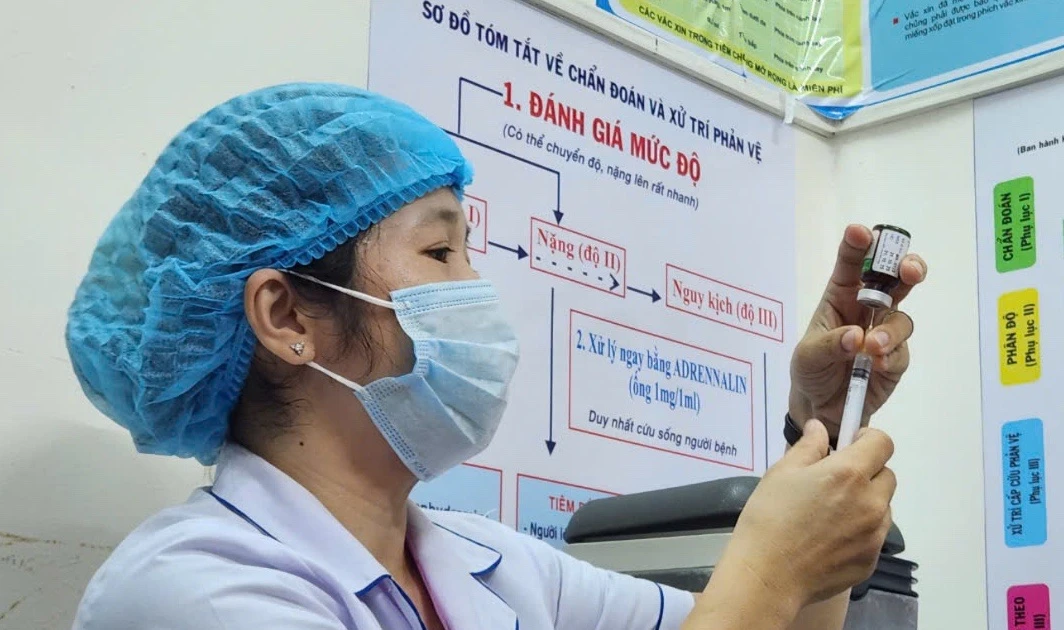





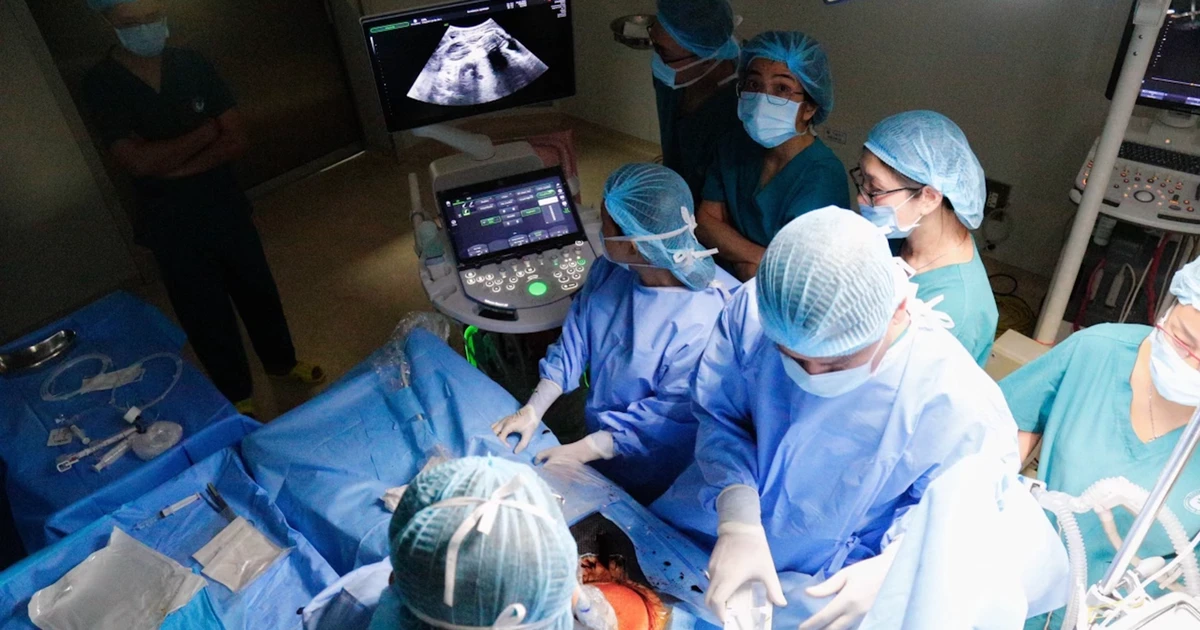








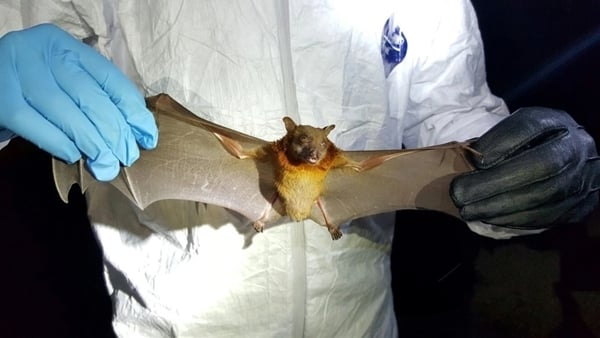




















Comment (0)